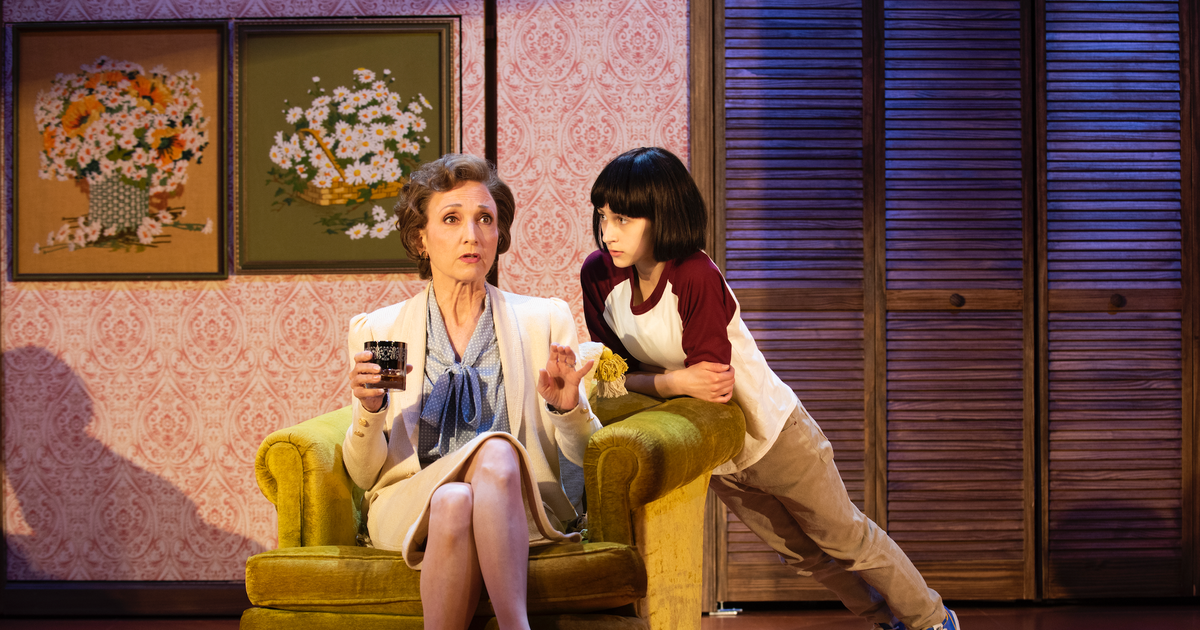TThe art of the flâneur is perhaps French and its most famous practitioners Parisian, but other European cultures have traditions of walking, from Italian to passeggiata and Spanish paseo – social walks to get some fresh air at nightfall – German desire to travel: hike with envy. Nothing opens up a city like a long hike. It’s the only way to create a place of your own and find discoveries that aren’t in the guides or apps.
Berlin: crossroads of modern history
Despite all that it is mainstream, even trendy, and was a favorite of the no-frills flying weekends before the pandemic, Berlin remains a strange, sometimes alienating city. This is especially the case as you stroll through its historic heart, where the Berlin Wall stood from 1961 to 1989. As unified Germany threw several millions upon the city and attempted to fill in this ancient site of espionage, tension and trauma with new constructions and dramatic improvements, such as Norman Foster’s glass dome for the Reichstag, swathes of the area remain open to the sky. It accentuates a sense of emptiness in a relatively sparsely populated capital – 3.6 million people, or about a third of London – and also allows the mental space to evoke Berlin’s many ghosts.
Unplanned, vague rides around the old east and west will always show differences – the chariot-friendly width of Karl-Marx-Allee, the glitzy shops along the Kurfürstendamm – but if you want to chart a route, I would recommend a stroll taking in the following: the Hansa district (Hansaviertel), a showcase estate where renowned architects (including Alvar Aalto, Walter Gropius, Arne Jacobsen and Oscar Niemeyer) designed modernist residential buildings on a site destroyed during the second World War ; Tiergarten city center park; Alexanderplatz, which still breathes something of the old East; and Prenzlauer Berg, where there are good cafes and places to have lunch. Berlin is big, but you can always get on an S-bahn train for the return trip. If you fancy a hike outside the central districts, take a stroll to the old Tempelhof Airport, where tales of Nazi Germany, the Berlin Airlift and modern migration intersect as contrails.
Trieste: Joycian walks and good coffee

While he imagined the Dublin strolls of Leopold Bloom and Stephen Dedalus which would provide the two intrigues of Ulysses, James Joyce made his real walk in the city of Trieste. The august and often overlooked Adriatic harbor is a perfect location for activity, partly because it has much-loved cafes – some beautiful, all friendly – that serve as food, but also because it has a magnificent seafront.
One of the biggest cafes, the Coffee degli Specchi stands in the main square, Piazza Unità d’Italia. It is a natural place to start a zigzag walk, enjoying the Joyce Museum, the art collection and the sumptuous interiors of Revoltella Museum, the gracious Borgo Teresiano, named after the 18th century Habsburg ruler, Maria Theresa, and the Cafe San Marco, a spacious bookstore-cafe with a Viennese Secession-style interior (and over 50 types of coffee cups available – as Trieste has long been the center of the bean import trade). From the center it is a short, steep walk to Villa Opicina for a view of the Gulf of Trieste. If you have the energy for more walking, continue along the wooded gravel path of the Strada Napoleonica towards Prosecco. It’s 5 km if you go all the way; you will see the Castello di Miramare, the summer residence of Archduke Ferdinand Maximilian and his wife, Charlotte, at the foot of the cliff. You can come back by another path.
Marseille: Moorish markets and maritime links

The old French city has everything to please: the Old Port facing the sea, the narrow and winding alleys of the Panier district, the breathtaking view from the Notre-Dame de la Garde Basilica and the rue de la R̩publique district , with its Haussmannian strap and tall buildings from the mid-19th century. Just three blocks from the port is the Noailles Market, where you can sample fresh produce and sniff spices at the daily Capuchin Market, and have mint tea or kebab, flatbread and couscous. Follow the first round until Mucem (Museum of European and Mediterranean Civilizations) Рbut be sure to visit some of the smaller museums in town as well.
In his essay Hashish in Marseille, the philosopher and town planner Walter Benjamin recounted an evening strolling in cafes after having consumed drugs: “I suddenly understood how to be a painter – hadn’t it happened to Rembrandt and to good others? – ugliness could appear as the true reservoir of beauty, better than any treasure barrel, a jagged mountain with all the gold inside of beauty sparkling with wrinkles, looks, features. Today’s visitors are unlikely to find Marseille particularly ugly, but it is a somewhat messy city and run-down neighborhoods sit alongside more affluent neighborhoods. If hash isn’t your thing, then artisanal pastis – trendy right now – will do just as well for blurring the edges.
Lisbon: fish for lunch, fado for dinner

Towns spread over steep hills can make walks strenuous, especially if you are dressed in your best town gear and the sun is up. The streets going up and down Alfama, Bairro Alto and Chiado benefit from their narrowness – you can usually find shade. Lisbon is one of those cities where the least attention-grabbing restaurants serve some of the best food, and it’s worth stepping away from the honeypots and finding where the locals are having lunch. The fish is generally excellent, and for comfort food, it is difficult to garnish dishes such as bacalhau with arms (cod with egg and potatoes), grilled sardines or cataplane (white fish and seafood stew).
During your wanderings, you will come across charming bars and cafes, some of which fill with the melancholy accents of live fado after dark. The late and great fado singer Carlos do Carmo, on his flagship 1997 album Um Homen na Cidade (A man in the city), sings on the title song: “I seize the dawn, as if it were a child. … I go down the street of the moon. The Portuguese capital is at its best at the top and bottom of the day, before the streets are packed with people and sunshine. Lisbon has suffered the woes of overtourism in recent years. Do Carmo’s album checks out the name of many of the city’s landmarks and if your Portuguese is up to the task, you can try a Situationist experiment and use the lyrics of fado as a map and guide – it will take you away from the hubbub for sure.
Copenhagen: Shades of Meaning in a Surprisingly Bookish City

A local academic told me that Søren Kierkegaard always liked to walk on the shady side of the street. Although this is an apocryphal anecdote, it recalls the more gloomy and gloomy side of the famous Danish theologian and proto-existential philosopher. However, he once wrote: “Above all, do not lose your desire to walk. Every day I walk around in a state of well-being and move away from any illness. I have been wandering around in my best thoughts, and I don’t know of any thought so heavy that you can’t get away from it. His hometown, renowned for being one of the most cyclable in the world, is also benevolent for those who set off on foot.
Start a bookish walk at Assistens cemetery. It is not at all dark; locals come here to relax, have a picnic and enjoy the lush greenery. Kierkegaard and the other, even more famous Copenhagen writer, Hans Christian Andersen, are buried here. Beyond the walls is the neighborhood of Nørrebro, full of designer clothing stores and galleries, murals, and craft beer outlets – the sort of shallow, fun stuff that Kierkegaard would have hated. From there, drift thoughtfully towards the port area, passing through the charming green space of the Royal Library Garden en route and entering the Royal Library, AKA Black Diamond Library, due to its dramatic form, which features a large collection of manuscripts. For a bite to eat or a drink, choose between the Paludan Bogcafé and the opulent Library bar at the Plaza Hotel – known for its Chesterfield chairs, jazz concerts and great cocktails.
Seville: holy walks, divine gardens, sacred cults

Seville’s historic core is fairly compact, but if you take Triana, across the Guadalquivir, and Isla de la Cartuja, which hosted the 1992 Expo, you’ve got a sprawl to contend with. As with all tourist spots in Andalusia, Seville receives its fair share of souvenir moochers and sailors. It is too easy to join the crowd of lost souls. One way to impose a certain design on your outing is to take part of the route for which the city is famous: the Holy Week procession. The cofrades (religious fraternities), in their disarming pointy hats, gravitate to the center of parishes throughout the city, but are all directed to the last streets, from Calle Campana to Calle Sierpes, through Plaza de San Francisco, along Avenida de la Constitución, ending at the cathedral. Next to it is the Real Alcazar, a complex of palaces, fortifications, patios, reflecting pools and beautiful gardens and olive groves arranged on a neat grid. A complicated mix of Mudejar and other European architectural styles, the site was developed in the 11th century, when Seville was under the reign of the Arab-Muslim Abbadid. dynasty; it has been enlarged and modified several times to become a Christian royal residence.
Cross the river to enter Triana for the contrast: once extramural, this island neighborhood has ties to Seville’s glory days as a port, as well as to its ceramics industry, matadors, flamenco artists and Roma. Local cults honor the Virgen de la Esperanza (Virgin of Hope), whose image is kept in the Sailors’ Chapel, and the Cristo de Expiración (Christ of the Last Breath) – whose statue in the homonymous church of Calle Castilla is said to be the likeness of a stabbed Rom, sculptor Francisco Ruiz Gijón, found on the streets here in the 1680s. Triana is most beautiful at dusk, when you can get a fino or a cold beer by the riverside of Calle Betis before heading into the bowels of the barrio for tapas and flamenco.
 Zoo Book Sales
Zoo Book Sales



